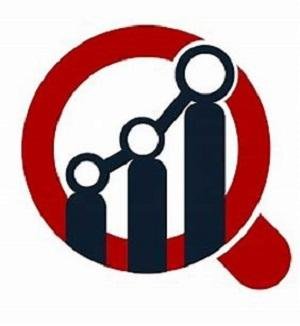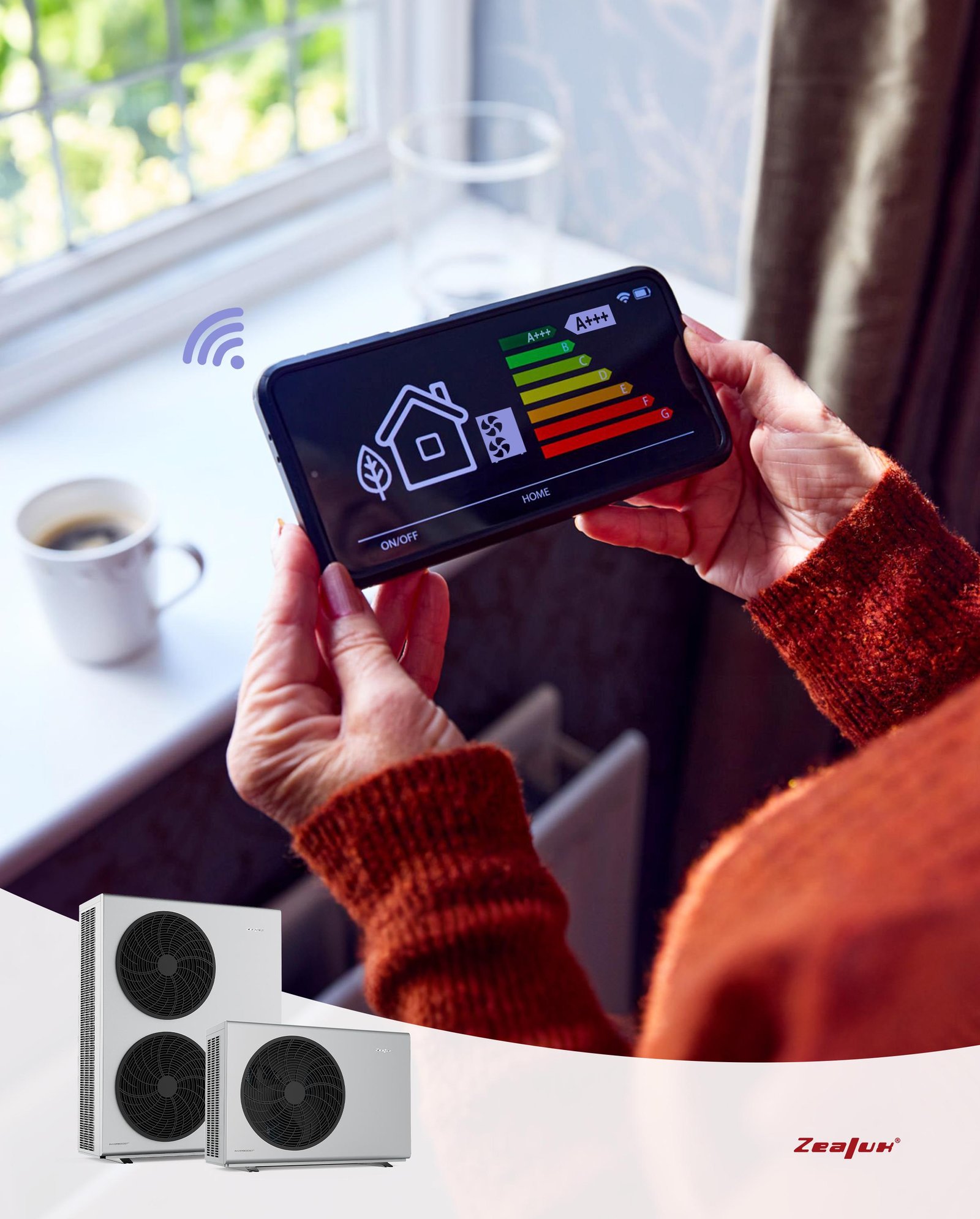Imagine having an exact digital replica of your manufacturing plant, wind turbine, or even a city’s entire transportation system. Sounds mind-boggling, right? With the transformative power of digital twin technology, it is no longer a pipe dream to converge the virtual and the physical worlds.
But this brings us to the basics–what exactly is Digital Twin Technology?
Addressing this is simple and the concept has been around for decades. It was first coined by Dr. Michael Grieves, a researcher at the University of Michigan, in 2002.
Dr. Grieves used the term to describe a digital replica of a physical manufacturing process, which could be used to simulate and optimize operations. The idea was inspired by NASA’s use of virtual models to design and test spacecraft.
Since then, the concept of digital twin technology has evolved and expanded to encompass a wide range of industries and applications. Today, it is a key component of Industry 4.0, the fourth industrial revolution that is transforming the manufacturing and industrial sectors.
With advances in sensor technology, artificial intelligence, and big data analytics, digital twin technology is becoming increasingly sophisticated and powerful. It has the potential to revolutionize how businesses operate, making them more efficient, cost-effective, and sustainable. According to a report from ResearchandMarkets.com, the global digital twin market size, which was $3.21 billion in 2020, will likely reach $184.5 billion by 2030, a 50% CAGR between 2020 and 2030.
As it’s gaining popularity let’s move to our second question–what are its benefits?
The technology has proved to be a game-changer for industry leaders, offering a multitude of benefits that can transform the way businesses operate. Let’s have a quick look at the key benefits.
Accelerated Risk Assessment and Production Time: By testing and validating products and operations in a virtual environment, companies can identify and mitigate risks before they occur in the real world. This not only speeds up production time but also saves money and reduces the risk of failure.
Financial Decision-making: Digital twin technology enables businesses to integrate financial data into their operations, allowing them to make better and faster decisions about costs and productivity. This can help to optimize spending, reduce waste, and improve profitability.
Real-time Remote Monitoring: With a digital twin, businesses can remotely monitor and control complex physical systems in real time. This enables them to identify and respond to issues quickly, improving efficiency and reducing downtime.
Predictive Maintenance: By using IoT sensors to generate real-time data, digital twin technology enables businesses to predict and prevent equipment failures before they occur. This reduces maintenance costs and ensures that equipment runs smoothly and efficiently.
To Know More, Visit @ https://ai-techpark.com/a-quick-guide-to-the-digital-twin-technology/






